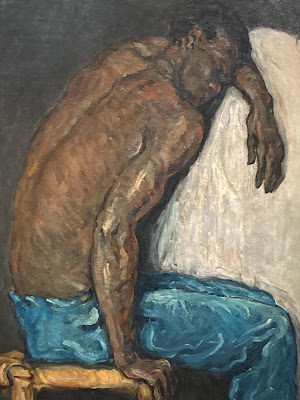"Cezanne was never as politically outspoken as his friends. Pissarro was a committed anarchist, and Zola wrote in support of the republican movement. However, recent research has unveiled elements in Cezanne's early work that question his remoteness from issues of modernity and suggest his interest in popular visual culture and political topics. Cezanne lived through times of extreme political and social upheaval. Paris had been subject to a cycle of violent power struggles since the French Revolution in 1789. Different groups fought between competing visions of France: as a monarchy, a republic, or an empire. In the provinces, regional movements for cultural self-determination were gaining force. In the capital, sweeping urban modernization caused displacement and further social unrest. In 1870-1 Prussia invaded and defeated France after the long brutal siege and subsequent fall of Paris. Months later, the Paris Commune, a workers' uprising against the French government, was brutally suppressed. Globally, tensions and debates around slavery continued following the American Civil War, while France and other European colonial empires were reaching the peak of their exploitative powers."
The Eternal Feminine, 1877.
A satirical portrait of vulturous clergy, nightclub players, and newspapermen, among others, preying on a vulnerable nude Madonna-like woman.
Scipio, 1866-8.
Cezanne depicts a wounded slave in a sympathetic way. Claude Monet owned this painting and would not let it go.



No comments:
Post a Comment